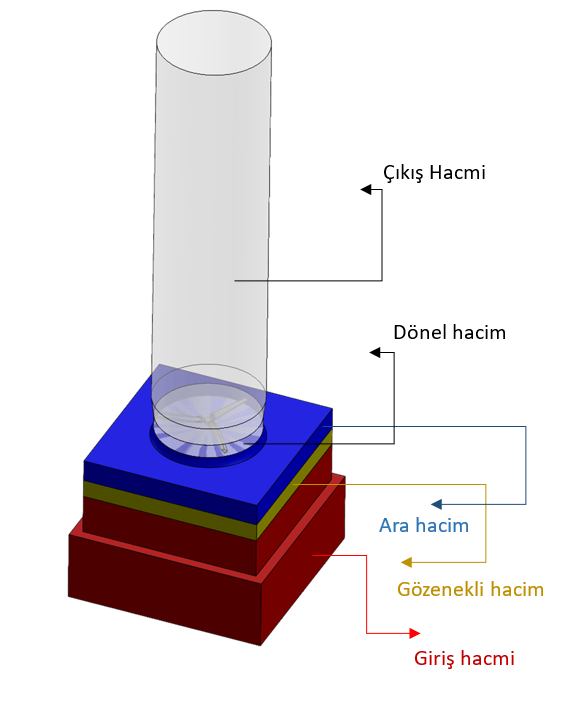Developing a Radiant Heating-Cooling
Panel with Phase Change Material Additives to Enhance Energy Efficiency in
Buildings
●
Project Manager: Mir Araştırma ve Geliştirme A.Ş. (Scientific
advisor: Assoc. Prof. Dr. Aliihsan Koca)
●
Organization Supporting the Project: TUBITAK - TEYDEB
Abstract: The completed industrial research project focused on developing
radiant heating-cooling panels that use phase change material additives. These
panels aim to enhance energy efficiency and thermal comfort in buildings..
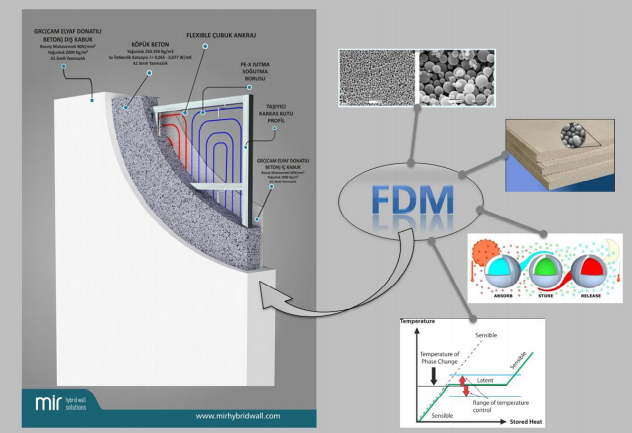
Our faculty member,
Assoc. Dr. Aliihsan Koca,
has been appointed on a part-time basis to focus on Technology Transfer,
R&D, and Project Management at TÜSEB – Turkish Health Institutes
Presidency.
The establishment of
the Turkish Health Institutes Presidency (TUSEB) aims to contribute to the
advancement of health science and technologies and promote planned and
sustainable growth, both nationally and globally. It aligns with the objectives
of fulfilling Turkey's demand for cutting-edge technology and innovation in the
realm of health science and technologies, diminishing reliance on foreign
sources, and enhancing and maintaining competitiveness.

DEVELOPING LABORATORY INFRASTRUCTURE
WITH INDUSTRY COLLABORATION
●
Project Manager: Prof. Dr. Seyhan
ONBAŞIOĞLU
- Organization Supporting the Project: Arçelik A.Ş.
Abstract: The basis of the project
is to conduct academic studies in university-industry cooperation in the field
of "Cooling Systems and Heat Pumps". The main goals are to contribute
to the high technology system design and the sustainable development goals. To
achieve these goals, a test room and data collection system infrastructure will
be established within the laboratory.
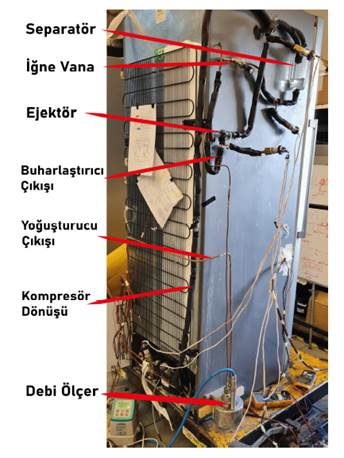
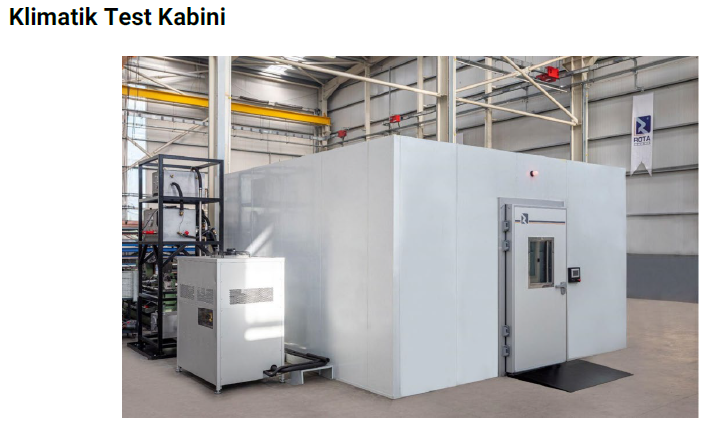
Development of Next-Generation
High-Efficiency Axial Fans in Accordance with ERP Standards
●
Project Manager: Prof. Dr. Tahsin Engin
- Organization Supporting the Project: BVN
Ventilation Systems & Electric Motors
Abstract: The subject of the
project is axial fans used for ventilation, drying, heating, cooling, and other
purposes where there is a need for forced air. These fans are essential
equipment in both human life and industry. The electrical consumption of fans
accounts for a significant portion, approximately 16%, of total electricity
consumption. Even small improvements in such high-consumption equipment can
significantly reduce overall electricity consumption.
Within the framework of the Kyoto Protocol, Turkey aims to reduce
carbon emissions by 20% by 2025, following the ERP 2015 standards. However,
with the anticipated new regulations in 2025, there is an expectation for even
higher increases in efficiency. European Union countries do not permit the
import of fans that do not comply with ERP 2015 regulations. In summary, to
participate in the European Union market as per the agreements, it is necessary
to enhance existing fans in compliance with new regulations.
Action fans, unlike conventional fans, require a new fan design
representing distinct operating characteristics for each diameter, without
adhering to fan similarity laws. Each diameter within the fan product family
necessitates a new development process. However, designing action fans based on
fundamental fan design laws and meeting efficiency expectations is nearly
impossible. These fan designs need specific conceptual development and
optimization efforts for improvement, leading to extended development times and
increased costs.
Within the scope of this project, a design set will be created by
parametrically defining all geometric parameters representing action fans. This
set will facilitate a Computational Fluid Dynamics (CFD)-based performance
analysis, enabling the creation of an axial fan design methodology for the
specified diameter.
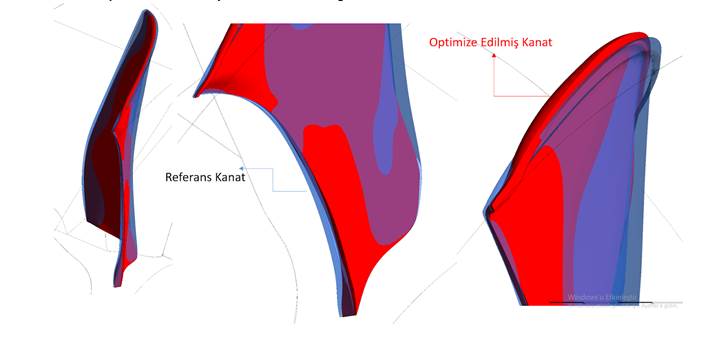
Development of Dual-Blade
Proprietary Fan and Web-Based Fan Selection Software for Cooling Towers
●
Project Manager: Prof. Dr. Tahsin Engin
- Organization Supporting the Project: Cenk Endüstri Tesisleri İmalat San. Tic. A.Ş.
Abstract: This study focuses on
cooling towers designed to provide cooling water for various purposes in
industrial facilities, utilizing innovative fans developed within the scope of
the project. The dimensions of these structures are determined based on cooling
load and physical constraints. Industrial cooling towers are employed in
natural gas processing facilities, petrochemical plants, oil refineries, and
power plants.
Cooling towers are classified according to heat transfer methods
as wet and dry, based on air passage systems as natural and forced, and based
on structure as packaged and field-erected.
Within this study, a comprehensive optimization of all parameters
of the innovative dual-blade fan will be conducted. An original dual-blade
product family ranging from 14 feet to 34 feet will be optimized for each 2
feet increment using ANSYS RSO and Adjoint solver optimization tools. For this
product family, a CFD-based design methodology will be developed to determine
the blade angle of a fan that can provide the specified diameter, flow rate,
and pressure.
